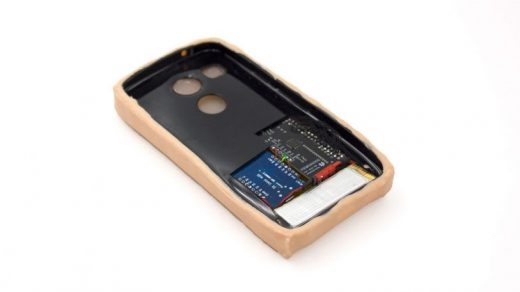This radical phone has skin that feels your pinch
It looks like a chunk of flesh, lopped out of someone’s arm and placed on a table. And it’s pretty much just that. You can stroke the skin, tickle the skin, pinch the skin, and it will know. But this skin isn’t human skin. It’s skin for computers.
Skin-On Interfaces is a new research project out of Bristol Interaction Group, with contributions from scientists at Telecom ParisTech, HCI Sorbonne Université, and CNRS. Modeled after the layers of real human skin, it’s a peachy patch of silicone, molded with the intricate wrinkles similar to those that people have. Under this epidermis, if you will, lives the dermis: a grid of electrode wires. These are the same electrodes you’ll find inside a smartphone touchscreen, and they sense touch using electromagnetism, just like in phones. But embedded with silicone, they have a special new ability—they can measure not just contact, but squeezes and twists.
“The trick is it’s insulated and slightly stretchable,” says lead researcher Marc Teyssier, a PhD student at Telecom ParisTech, of the electrode layer. Then under this electrode layer is a microprocessor and a generous layer of hypodermis fat—silicone that has a different viscosity than the epidermis to really simulate that human feel.
“I think the weirdest thing is to hold the phone.” says Teyssier. “Because when you hold the phone, it’s like holding someone’s arm . . . [though] once you interact, it feels quite natural.”
What it all adds up to is something that works about as eerily well as it looks. In the video above, Teyssier demonstrates that the skin allows you to do some very practical things, like treating the back of your phone like a touchscreen, along with some very uncanny things, like tickle your computer.
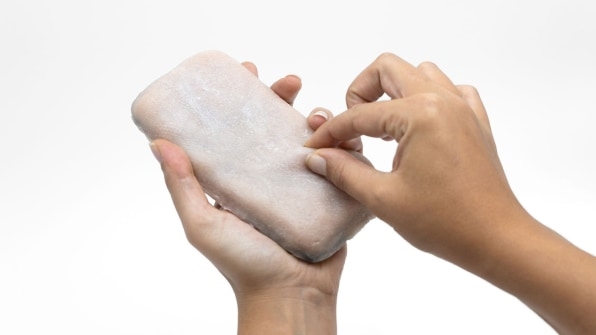
[Photo: courtesy Marc Teyssier]
On a certain level, this approach makes sense. There are all sorts of rich emotions that can only be expressed through a stroke of the cheek or punch on the arm. This fidelity of communication is missing from technology today. But though Teyssier says the project would be easy to scale, that’s not something he actually wants to do.
The possibility of skinned electronics makes Teyssier as shivery as it probably does you—even if his last project gave the smartphone a fleshy finger that could touch you back. Rather than fitting your next phone with an epidermis, Teyssier hopes that his project helps us question the philosophical relationship of people and machinery. Think of Skin-On Interfaces as functional art that asks whether we should be so quick to add technology onto our human bodies, rather than reshaping technology to be more human.
“For the last 50 years, the end goal in sci-fi has been the humans are mixed with the machine. That drove research in human-computer interaction. We’ve added devices onto humans,” Teyssier explains, no doubt referencing phones, smartwatches, and augmented reality headsets. “So my point of view is that I’m trying to do the opposite.”
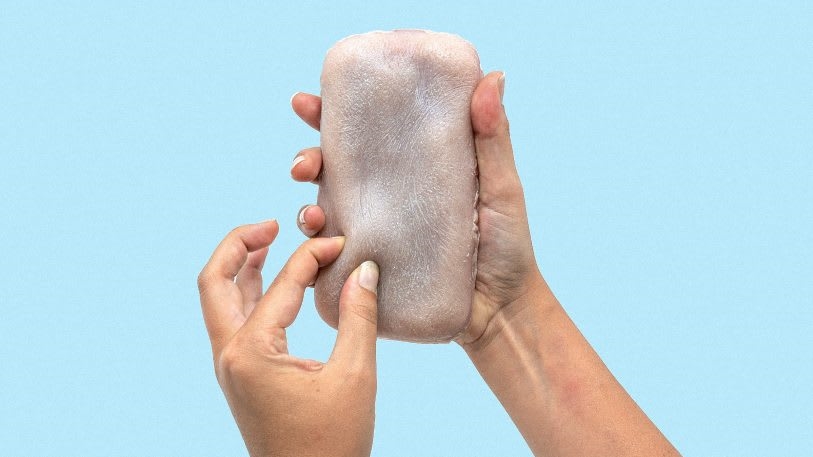
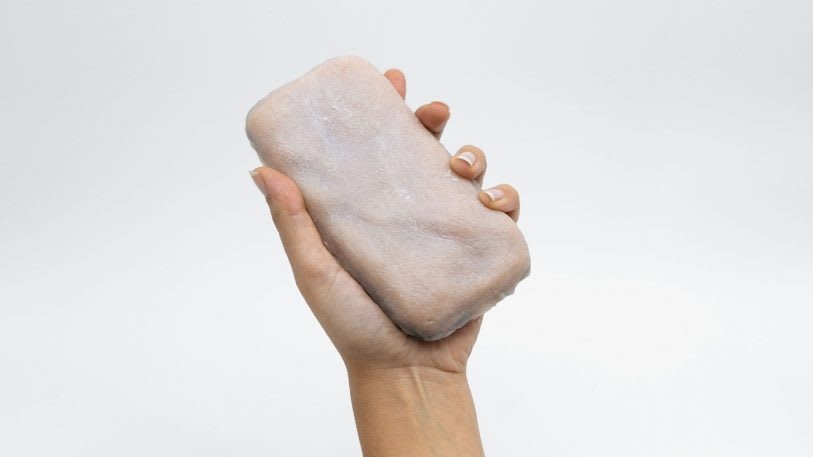
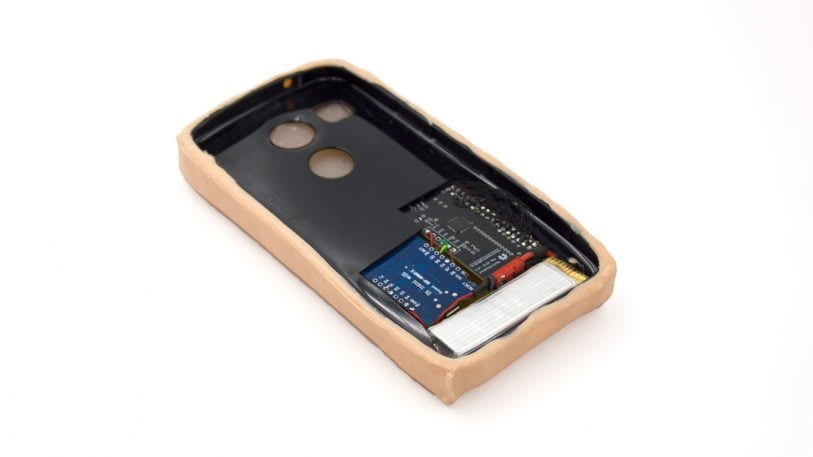
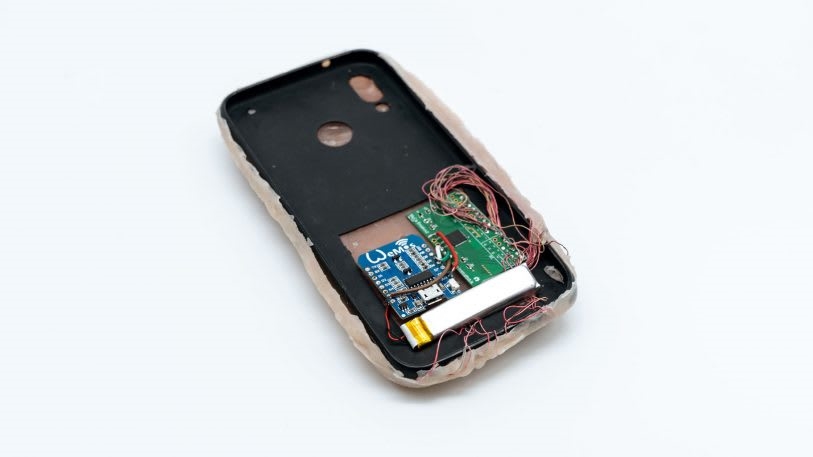
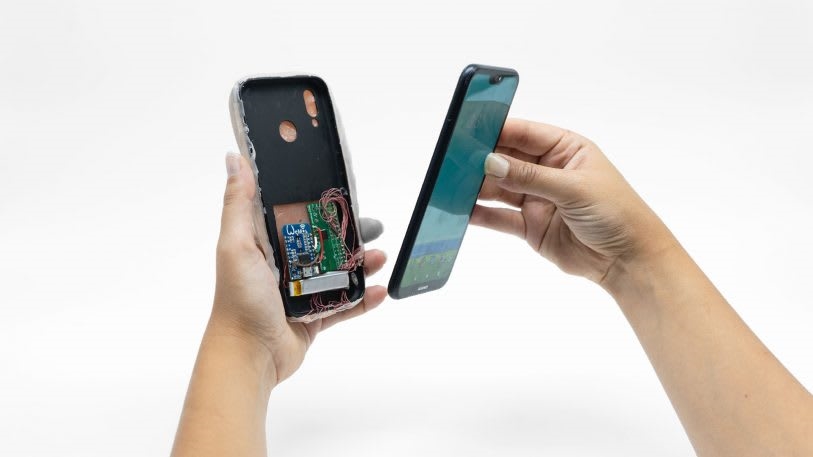
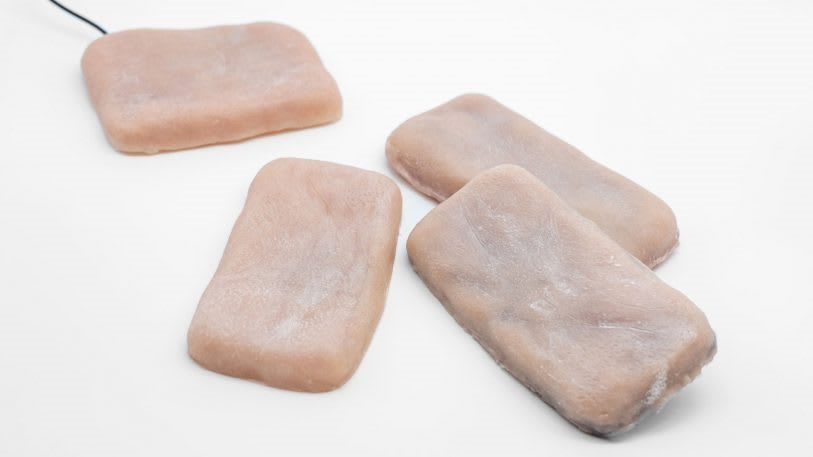
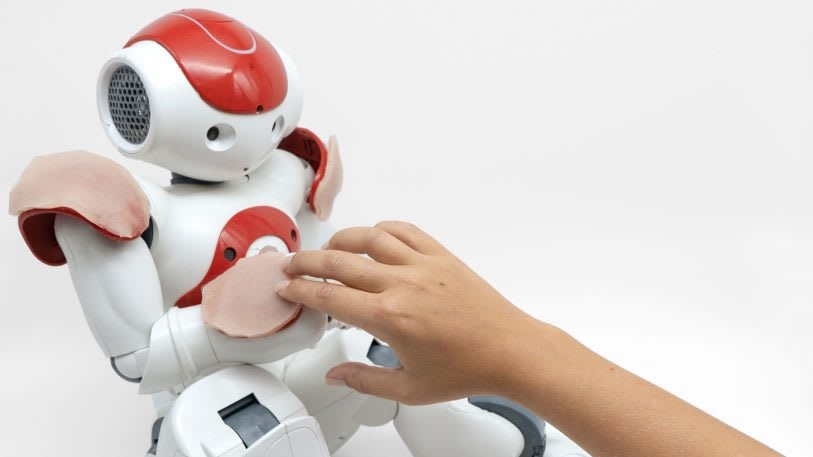
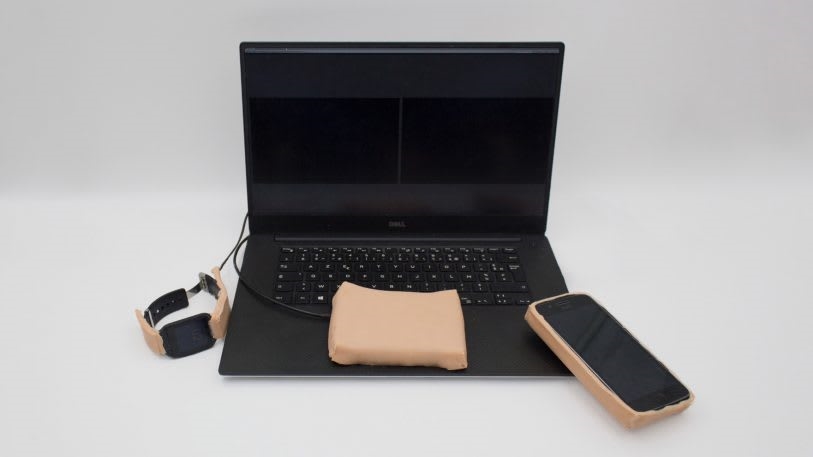
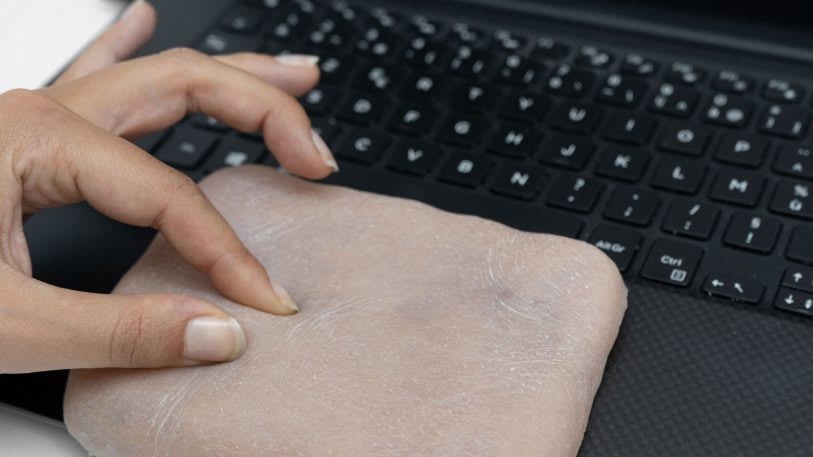
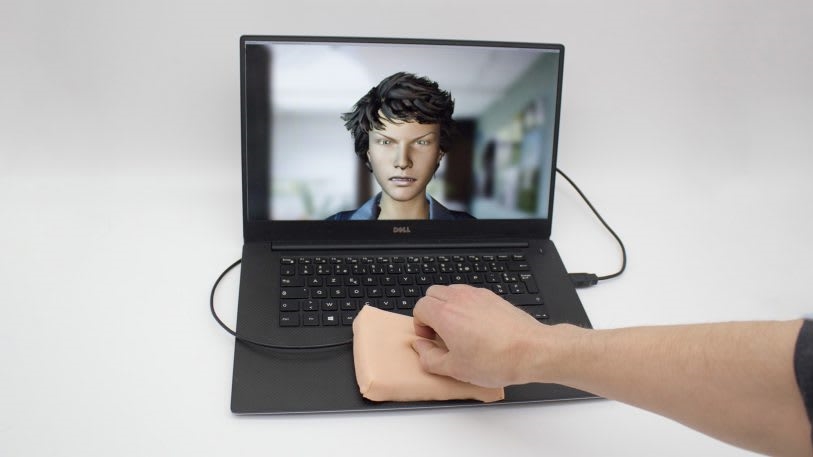
Fast Company , Read Full Story
(57)

